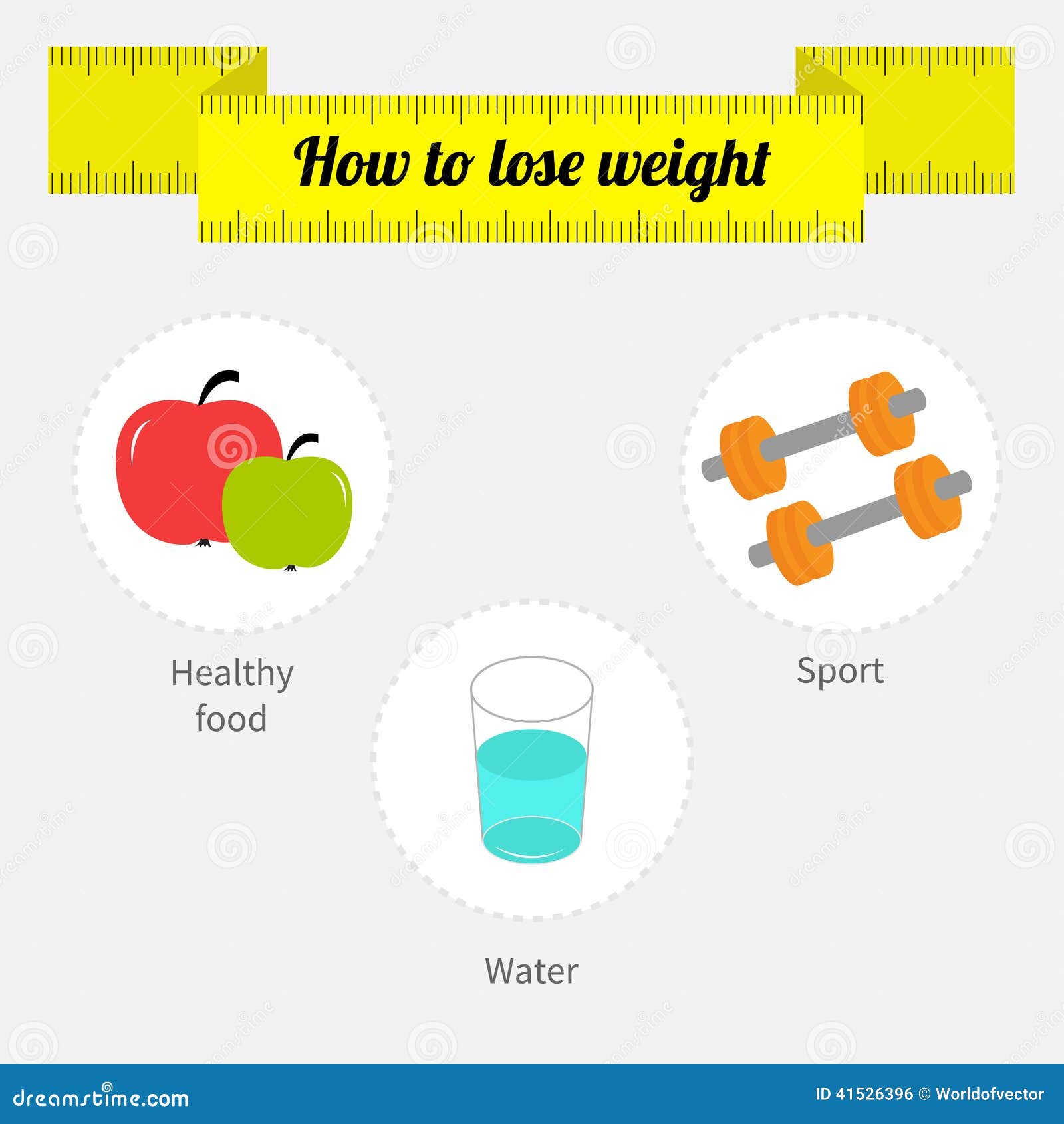Top Cold Laser Therapy Training Resources
Top Cold Laser Therapy Training Resources
Blog Article
What to Expect During a Cold Laser Method Session
Cold laser treatment is a non-invasive, pain-free therapy that helps in reducing swelling and boosts cell regeneration. It is a risk-free option to intrusive treatments and often has immediate results.
Laser photons start a domino effect of chemical reactions within the cell that decrease discomfort, swelling, and accelerate healing. It boosts blood flow to the area by inducing vasodilation.
What to Expect
Cold laser treatment is a non-invasive therapy that makes use of low-level laser light to penetrate deep into hurt cells, causing cell feature on multiple levels to promote tissue recovery. This helps in reducing discomfort and swelling, while promoting muscle contractions and regeneration.
Throughout a session, you'll rest or lie down comfortably and the specialist will certainly note the locations on your body that demand to be dealt with. The expert then applies a small handheld device with the laser to the area. During the treatment, you may feel a small prickling or heat in the location of your injury.
Prior to starting therapy, it is necessary to clean the area of your injury and eliminate any type of fashion jewelry or various other items that can hinder of the laser's course. It's also important to stay clear of any kind of combustible materials that could be in the area of the laser beam. This will ensure your safety and security and the performance of the therapy.
Prep work
Cold laser therapy works by radiating light externally of your skin. The light is taken in by the top layer of your skin and then stimulates the cells to produce power that advertises recovery.
During the therapy, you may feel a warm or prickling experience in the location that is being treated. This is completely normal, though you need to allow the professional understand if the feeling is unpleasant or too solid.
This treatment has a lot of promise for helping people with stressful mind injury (TBI). The treatment is non-invasive and doesn't have any kind of adverse adverse effects. Nevertheless, more study is required to identify the optimal therapy method. The very best way to find out if you are a candidate for this sort of treatment is to talk to a skilled physical therapist. They will certainly have the ability to assist you determine if cold laser treatment is right for you.
The Treatment
Once the expert has actually correctly placed you for therapy, they will after that place the cold laser tool on the hurt area. They might maintain it on for 30 seconds or longer, relying on the size of the injury and its sensitivity. They will certainly utilize safety goggles to ensure that the laser does not straight hit the eyes, and they will certainly make sure that you are shielded from any type of glow that might occur.
You might feel a minor tingling experience on the location that is being treated, yet it will not be unpleasant or excruciating. This is an indication that the laser is functioning to promote the recovery procedure in the affected cells.
Most individuals experience pain alleviation within a few sessions, with some seeing long-term results also after numerous months of treatments. It is important to keep in mind that LLLT is not meant as a sole therapy for any type of persistent pain problem and it should be paired with various other restorative strategies in order to achieve optimal outcomes.
Post-Treatment
After you lie laser smoking cessation near me down or rest, the practitioner will certainly make use of a wand with a collection of light-emitting diodes to target your pain site. You will certainly put on protective eye safety glasses, and the laser might be held on your skin for 30 to 60 seconds. You may really feel a gentle, calming feeling during the treatment.
The photons from the laser permeate deep into your tissue, causing a recovery reaction on a mobile level. Unlike other kinds of laser treatment, this low-intensity technique does not develop warm.
Some research studies have revealed that chilly laser therapy is effective in dealing with a number of conditions, including chronic pain and wounds. Nonetheless, it is less commonly accepted as a conventional medical technique, and it isn't covered by numerous health insurance strategies. Furthermore, it is not suggested to be used over any kind of suspicious cancerous sores or cancers or on pregnant ladies. You need to always seek advice from your oncologist before pursuing this form of treatment.